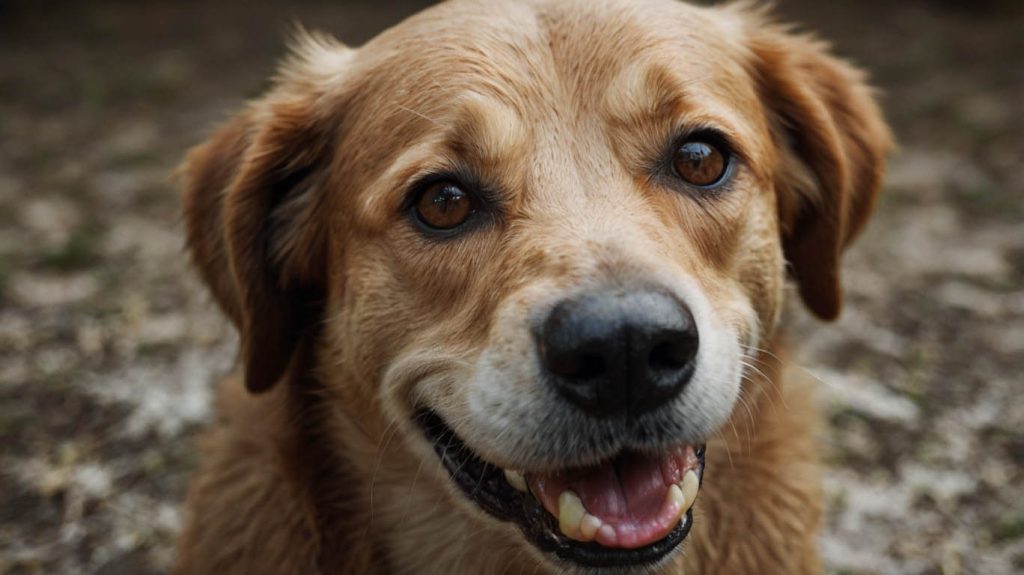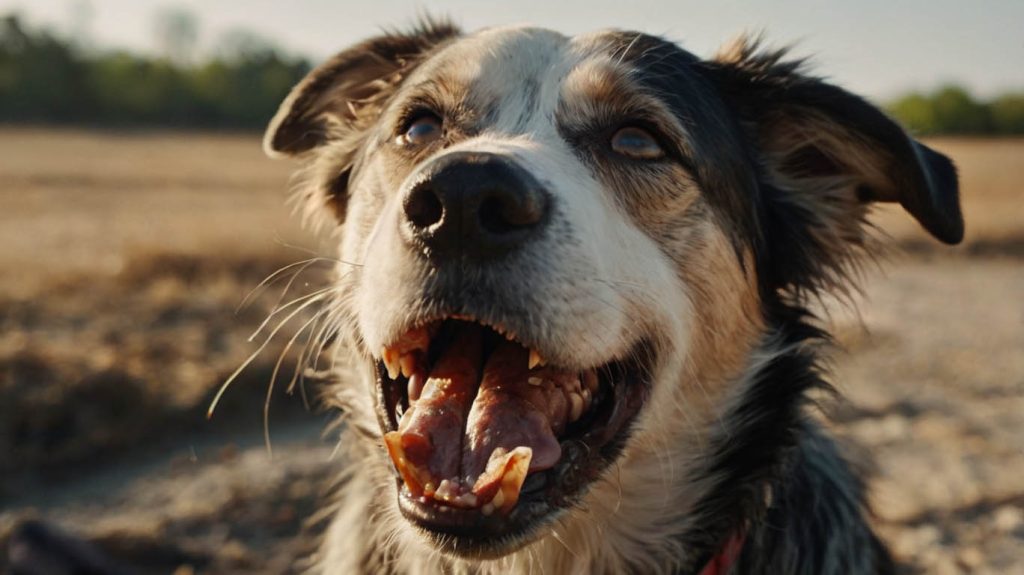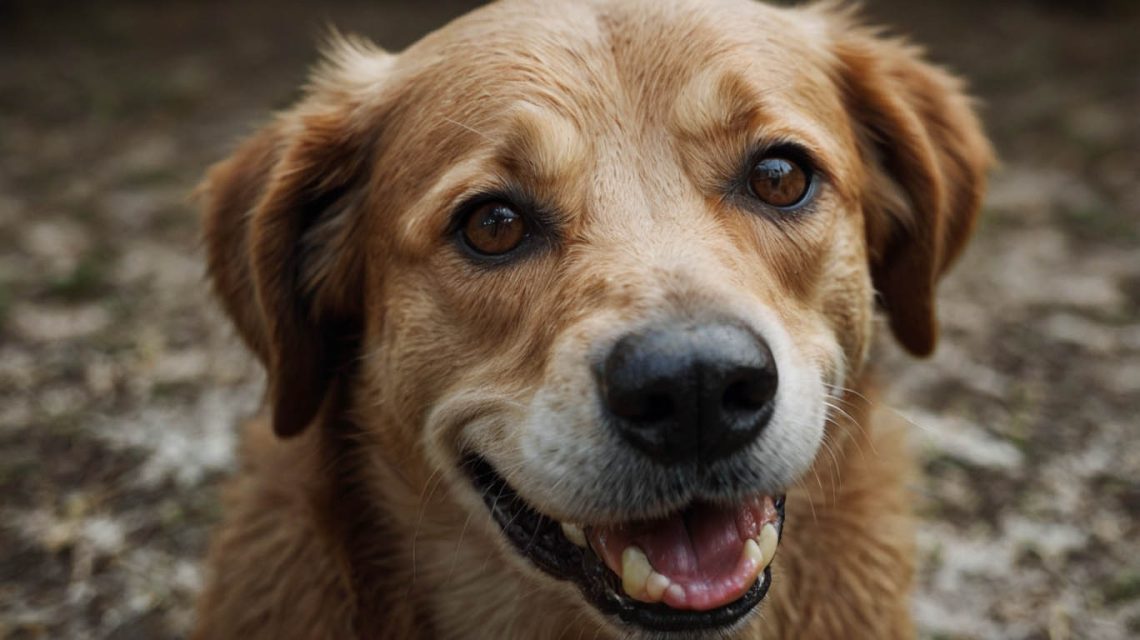Dehydrated Gums in Dogs: The Silent Symptom You Can’t Afford to Ignore
It was a perfect Saturday. Jenna and her two-year-old Labrador, Max, had spent the entire afternoon at the dog park, chasing frisbees under the warm sun. Max was a blur of happy energy. Later that evening, as they settled on the couch, Jenna gave Max his customary head scratch and happened to lift his lip to check his teeth. She noticed something odd. Instead of being slick and wet, his gums felt slightly tacky to the touch. She didn’t think much of it at first. However, that subtle change was the first clue—the first indication of dehydrated gums in dogs.
This simple observation is one of the most powerful tools a dog owner has. Your dog’s gums are a direct window into their internal hydration status. While symptoms like lethargy can be vague, the physical state of the gums provides tangible, immediate feedback.
Consequently, understanding what to look for is not just a neat trick; it’s a critical aspect of responsible pet ownership. This guide will walk you through everything you need to know about dehydrated gums in dogs, from identification and causes to immediate actions and prevention. Therefore, you can act with confidence to protect your canine companion.
What Do Dehydrated Gums in Dogs Actually Look and Feel Like?
First, it’s essential to know what’s normal. Healthy dog gums are typically a bubblegum pink color (though some breeds have naturally pigmented, or black, gums), and they should be moist and slippery to the touch. When you press on them, the color should return almost instantly.
Dehydrated gums in dogs, on the other hand, present a stark contrast.
- Tackiness or Stickiness: This is the hallmark sign. When you touch the gums, they will feel sticky or tacky instead of slick. Your finger might drag slightly instead of gliding smoothly.
- Dryness: In more advanced cases, the gums can feel completely dry to the touch.
- Color Change: Dehydration can affect gum color. They might appear paler than usual or, in some cases of heatstroke, a bright, cherry red.
Observing these changes is your first and most important step. It’s the body’s early warning system that its fluid reserves are running low.

Identifying Tacky or Sticky Dehydrated Gums in Dogs
The “touch test” is your primary tool. Gently lift your dog’s upper lip to expose the gum line above the teeth. Lightly run your finger along the surface. Healthy gums feel wet and smooth, like the inside of your own cheek. However, dehydrated gums in dogs will feel like the sticky side of a Post-it note or lightly sugared candy, signaling a decrease in saliva production as the body conserves water.
Checking for Pale Color in Dehydrated Gums in Dogs
While performing the touch test, also pay close attention to the color. Pale gums can indicate that dehydration is affecting blood circulation, as the blood volume decreases with fluid loss. This is a more serious sign and warrants immediate attention.
The Science Behind Dehydrated Gums in Dogs: Why It Happens
So, why do the gums change so dramatically? The answer lies in basic physiology. Saliva is composed almost entirely of water. When a dog is well-hydrated, the body produces plenty of thin, watery saliva that keeps the mouth and gums moist.
However, when dehydration begins, the body goes into conservation mode. It reduces fluid output from non-essential processes to preserve water for vital organs like the heart, brain, and kidneys. Saliva production is one of the first things to be reduced. As a result, the saliva that is produced becomes thicker and more concentrated, and the gums lose their moist coating. This is why dehydrated gums in dogs are such a reliable and early indicator of a systemic problem.
How to Perform a Reliable Check for Dehydrated Gums in Dogs
Checking your dog’s gums should be a regular part of your routine. Performing these two simple tests can give you a clear picture of their hydration status in under a minute.
- The Gum Feel Test: As described above, lift the lip and feel the gum surface. Is it slick and wet, or sticky and tacky? This is your first clue.
- The Capillary Refill Time (CRT) Test: This is a crucial next step, especially if the gums feel tacky. The CRT measures blood circulation to the extremities.
- Gently press your forefinger firmly on your dog’s gum until the tissue turns white or pale.
- Remove your finger and count how many seconds it takes for the normal pink color to return.
- A healthy CRT is less than 2 seconds. The color should flood back almost instantly.
- A CRT longer than 2-3 seconds is a sign of dehydration and poor perfusion. This, combined with dehydrated gums in dogs, indicates a problem that needs attention.

Dehydrated Gums in Dogs: What Other Symptoms to Look For
Dehydrated gums rarely occur in isolation. They are one piece of a larger puzzle. If you notice sticky gums, you should immediately look for other classic signs of dehydration.
The Connection Between Dehydrated Gums in Dogs and Lethargy
Lethargy is often the next symptom to appear. The body is working harder to perform basic functions with less fluid, leading to fatigue and a lack of interest in normal activities. If your dog has sticky gums and is also unusually tired, dehydration is a very likely cause.
Linking Dehydrated Gums in Dogs to Loss of Skin Elasticity
The skin turgor test is another classic method. Gently pull up the skin between your dog’s shoulder blades. In a hydrated dog, it will snap back into place immediately. If it returns slowly (a process called “tenting”), it confirms fluid loss. A positive skin tent test alongside dehydrated gums in dogs points to moderate to severe dehydration.
Recognizing Sunken Eyes Alongside Dehydrated Gums in Dogs
This is a sign of significant dehydration. The fatty deposits behind the eyes lose moisture and shrink, causing the eyes to appear hollowed out or sunken into the skull. This is a serious symptom that requires immediate veterinary care.
Common Causes That Lead to Dehydrated Gums in Dogs
Understanding the root cause is crucial for both treatment and prevention.
- Illness: This is a major factor. Any condition that causes vomiting or diarrhea will lead to rapid fluid loss. Viruses (like Parvovirus), bacterial infections, pancreatitis, and other gastrointestinal issues are common culprits.
- Heat and Exertion: Just like Jenna’s dog Max, many dogs become dehydrated from playing too hard, especially in warm weather. They lose vast amounts of water through panting and often don’t drink enough to compensate.
- Underlying Medical Conditions: Chronic diseases like kidney failure or diabetes cause the body to lose excess fluid through urination, leading to chronic dehydration issues.
- Lack of Access to Water: Sometimes the cause is as simple as an empty water bowl or being in a situation (like a long car ride) without access to water.
Your Action Plan for Dehydrated Gums in Dogs
Seeing these signs can be alarming, but having a clear plan allows you to act swiftly and effectively.
What to Do for Mildly Tacky Gums
If you notice slightly dehydrated gums in dogs after exercise, but your dog is otherwise acting normally, you can take immediate action.
- Move to a Cool Place: Get your dog out of the heat and into a cool, shaded area or air-conditioned room.
- Offer Water: Provide fresh, cool water. Offer small amounts at a time to prevent them from gulping it down and vomiting.
- Try Ice Cubes: Many dogs enjoy licking or crunching on ice cubes, which is a great way to rehydrate them slowly.
When to Call the Vet Immediately
You should contact your vet or an emergency clinic without delay if you observe:
- Gums that are very sticky, dry, or pale.
- A Capillary Refill Time (CRT) longer than 2 seconds.
- Other symptoms like lethargy, vomiting, diarrhea, or a slow skin tent.
- Sunken eyes or weakness.
Remember Jenna and Max? Noticing the tacky gums, Jenna wisely performed a CRT test. It was slightly over 2 seconds. Instead of waiting, she called her vet’s after-hours line. They advised her to encourage Max to drink and monitor him closely. Because she caught the dehydrated gums in dogs so early, a serious emergency was averted.
Prevention: The Best Medicine for Dehydration
The ultimate goal is to prevent dehydration before it starts.
- Always Provide Fresh Water: Ensure your dog has 24/7 access to at least one large, clean bowl of fresh water.
- Take Water With You: Never leave for a walk, hike, or trip to the park without a portable water bottle and bowl.
- Monitor in Hot Weather: Limit strenuous exercise during the hottest parts of the day. Provide plenty of rest and water breaks.
- Boost Hydration with Food: Add a bit of water or a scoop of wet food to your dog’s dry kibble to increase their overall fluid intake.
Your Dog Is Counting on You
Your dog’s gums are talking to you. By learning their language, you can catch dehydration in its earliest stages. Dehydrated gums in dogs are not just a minor issue; they are a clear and urgent signal that your dog’s body needs help.
Take a moment to check your dog’s gums right now. Get familiar with what’s normal for them. If you ever notice sticky, tacky, or pale gums, don’t hesitate. Contact your veterinarian immediately. Sharing this information could help another pet owner save their dog’s life.


